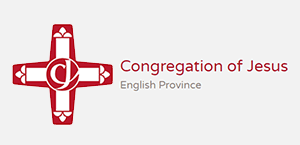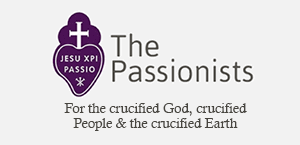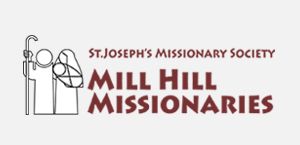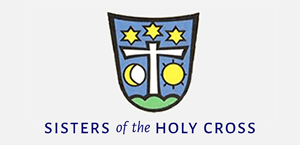Gospel in Art: Feast of Saint Laurence, Deacon and Martyr

Condemnation of St Laurence by the Emperor Valerian, by Fra Angelico, Panted 1447-1449 © Cappella Niccolina, Palazzi Pontifici, Vatican / Wikimedia Commons
Source: Christian Art
Gospel of 10 August 2024
John 12:24-26
Jesus said to his disciples:
'I tell you, most solemnly, unless a wheat grain falls on the ground and dies, it remains only a single grain;
but if it dies, it yields a rich harvest.
Anyone who loves his life loses it; anyone who hates his life in this world will keep it for the eternal life.
If a man serves me, he must follow me, wherever I am, my servant will be there too. If anyone serves me, my Father will honour him.'
Reflection on the fresco painting
Today we celebrate the Feast of Saint Laurence, one of the seven deacons of the Church of Rome, who was martyred on 10th August 258. Ordered by Emperor Valerian to surrender all the wealth of the Church to the Roman authorities, Laurence instead distributed it to the poor. When he appeared before the emperor, he brought with him the poor, crippled, and sick, declaring them to be the "true wealth of the Church." Offended by this, the emperor sentenced Laurence to be roasted alive on a gridiron. Displaying his famous sense of humour even in death, Laurence reportedly said at one point in the proceedings, "Turn me over, I'm done on this side!"
Our fresco by Fra Angelico (1447-1451) in the Niccoline Chapel depicts the moment of Saint Laurence's condemnation by Valerian. The Niccoline Chapel, located in the Apostolic Palace in Vatican City, is renowned for its sumptuous decoration by the Dominican Fra Angelico (or Beato Angelico) and his assistants. Funded by two payments made in February and March 1448, the chapel is one of the great works of fifteenth-century Italy and is probably the peak of what may be defined as the Florentine painter's Christian humanism, an artistic approach that harmoniously blends the principles of humanism with deep Christian faith..
The frescoes, which cover the interior, begin on the wall to the right of the altar, in the direction of the Pope's private rooms, and develop in two overlapping registers along the entire perimeter of the space, concluding on the opposite wall. They are all illustrated episodes from the life of Saints Steven and Laurence. The scene we examine is the left half of a larger composition, with the right half depicting Laurence's martyrdom. In our fresco, various soldiers and officials stand in a circle before the emperor, who sits on an elaborately carved throne, sceptre in hand, poised to condemn. Saint Laurence, clad in a red dalmatic embroidered with flames (symbolising martyrdom), stands resolute.
Saint Augustine, in a sermon around 400 AD on the Feast of Saint Laurence, remarked, "Saint Laurence loved Christ in his life, he imitated Him in his death… After all, we shall not be able to give a better proof of love than by imitating His example."
LINKS
Gospel in Art: https://christian.art/
Today's Reflection: https://christian.art/daily-gospel-reading/john-12-24-26-2024/


















